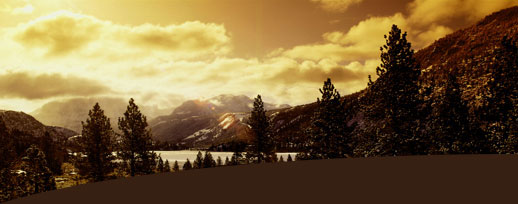
Jezioro Orta/Laggod'Orta/Orta Lake
Jezioro Orta (wl. Lago d'Orta) to przeurocze jezioro polozone wśród malowniczych pagórków u podnóża Alp.
Zdecydowanie godnym polecenia jest przeurocze miasteczko Orta San Giulia polozone nad samym brzegiem jeziora. Można godzinami siedzieć na Piazza Principale popijajac pyszna kawke i podziwiajac tafle wody i wysepke San Giulio. Przy Piazza Principale znajduje sie pokryty freskami, wsparty na krzywych kolumienkach Palazzo della Comunità.
Na wysepke na srodku jeziora dostac sie mozna stateczkiem turystycznym lub motorowka. Jest to obowiazkowy punkt wycieczki dla turystow przebywajacych nad jeziorem.
IN ITALIANO
Il lago d'Orta o Cusio è un lago del Piemonte collocato tra le province di Novara e del Verbano-Cusio-Ossola.
Ad est il monte Mottarone separa il lago d'Orta dal Lago Maggiore, mentre a ovest monti alti fino a 1300 metri separano lo specchio acqueo dalla Valsesia. È il più occidentale fra i laghi prealpini, originato dal fronte meridionale del ghiacciaio del Sempione. Contrariamente a quanto accade con molti laghi alpini, che hanno un emissario a sud, le acque del lago d'Orta escono dal lago a nord. Attraversano la città di Omegna dando vita al torrente Nigoglia che confluisce nello Strona che, a sua volta, sfocia nel Toce e quindi nel Lago Maggiore.
Al centro del lago si trova l' isola di San Giuglio, di dimensioni assai contenute, che ospita nella Basilica le spoglie del santo omonimo.
IN ENGLISH
Lake Orta is a lake in northern Italy west of Lago Maggiore.
It has been so named since the 16th century, but was previously called the Lago di San Giulio, after Saint Julius (4th century), the patron saint of the region; Cusio is a merely poetical name. Its southern end is about 35 km by rail NW of Novara on the main Turin-Milan line, while its north end is about 6 km by rail south of the Gravellona-Toce railway station, half-way between Ornavasso and Omegna.
Its scenery is characteristically Italian, while the San Giulio island has some very picturesque buildings, and takes its name from the local saint, Julius of Novara, who lived in the 4th century.
The chief place is Orta San Giulio, built on a peninsula projecting from the east shore of the lake, while Omegna is at its northern extremity. It is supposed that the lake is the remnant of a much larger sheet of water by which originally the waters of the Toce flowed south towards Novara. As the glaciers retreated the waters flowing from them sank, and were gradually diverted into Lake Maggiore.